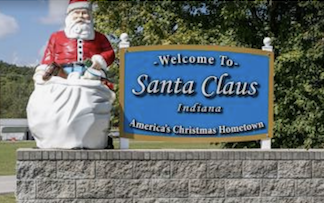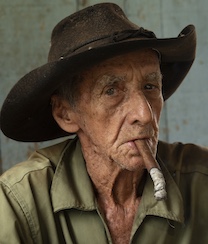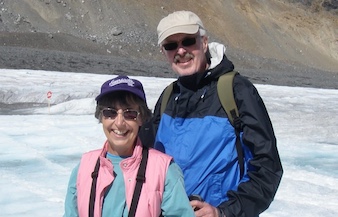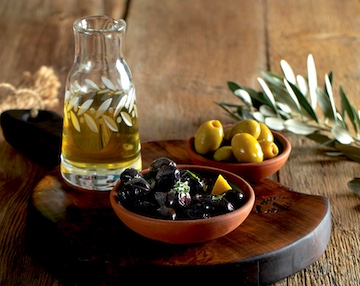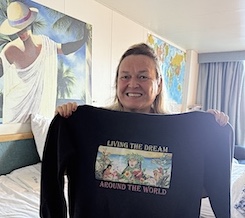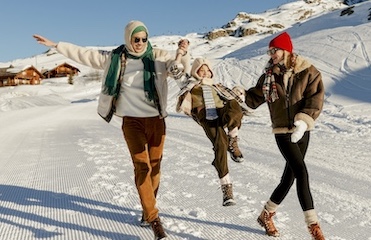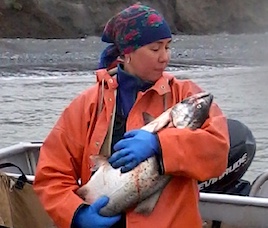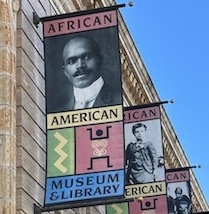Searching For Santa Claus? Then Head for Southern Indiana Where Elves Keep His Spirit Alive
Untouched by the glaciers that leveled the northern part of the state, Southern Indiana swells and ebbs against an unending sky, forested hills, and ancient farms. On its winding two-lane roads, it unfolds like a good story… slow turns, familiar scenes, a feeling that you’ve been here before, even if you haven’t. Santa Claus, Indiana,…


